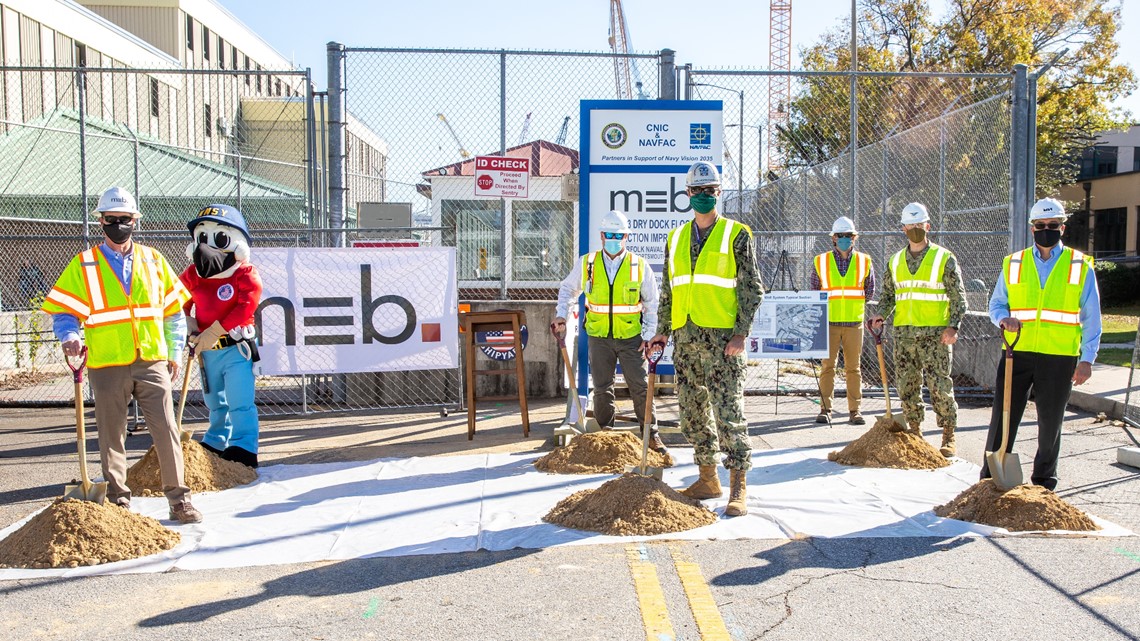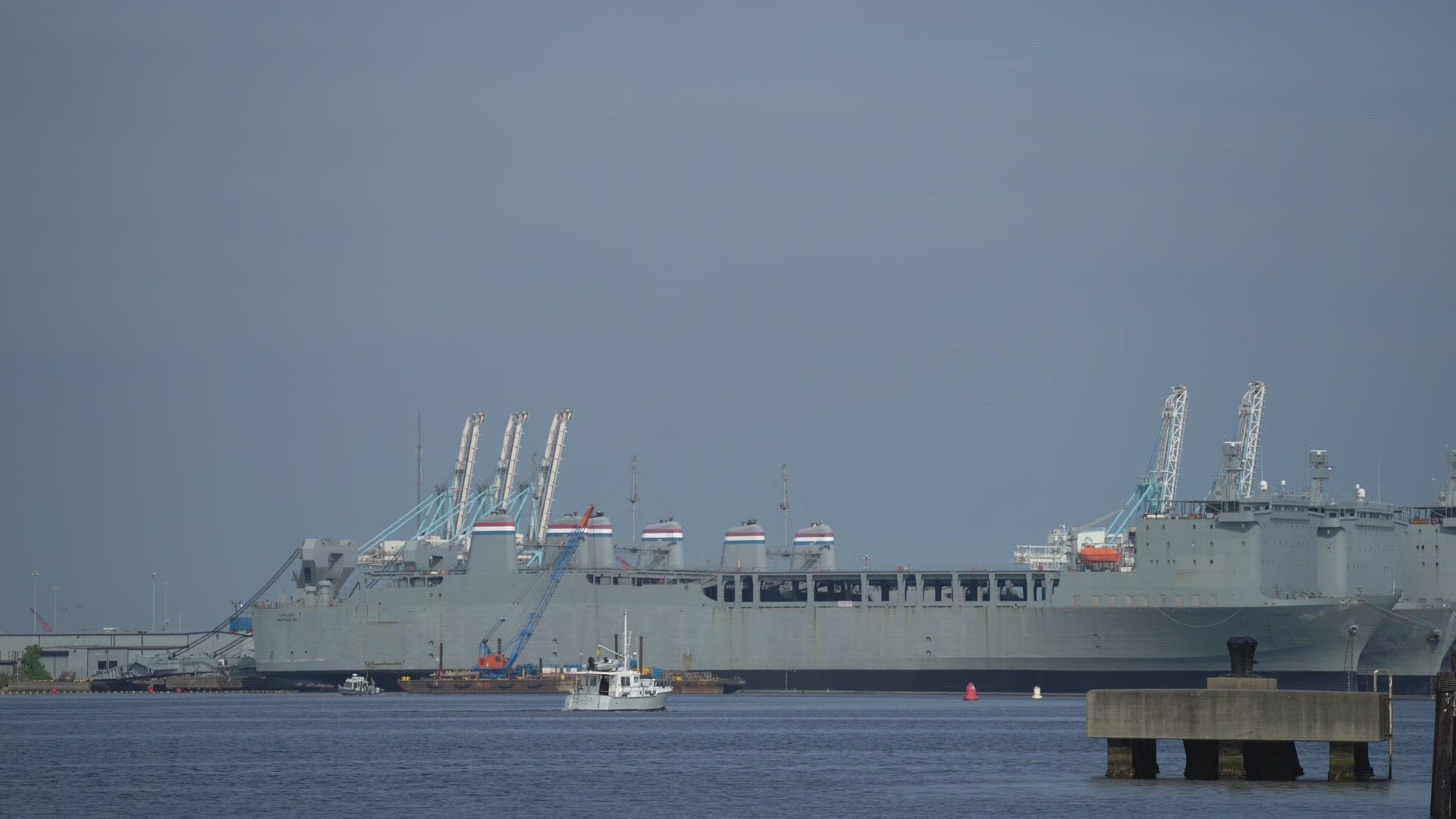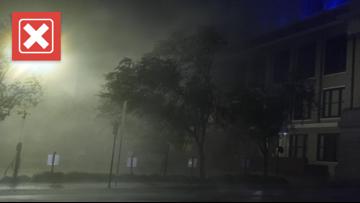Experts say the risk of climate change is growing direr by the day, and rising sea levels are now threatening coastal communities across the world. In the United States, many of those areas house critical military hubs.
The VERIFY Deep-Dive Team analyzed rising sea levels and how they impact coastal communities, and traveled to Norfolk, Va., to talk with people directly impacted by coastal flooding. You can read that full report here.
THE QUESTION
Do rising sea levels impact national security?
THE SOURCES
- John Conger, Director of the Center for Climate and Security
- Ann Phillips, Special Assistant to the Governor of Virginia for Coastal Adaptation and Protection
- Department of Defense Report on Effects of Climate Change
- Department of Defense’s Readiness and Environmental Protection Integration
THE ANSWER
Yes, rising sea levels threaten national security.
WHAT WE FOUND
Data from NOAA and NASA, two agencies that monitor sea level, show sea levels are rising across the entire U.S. coastline, but most rapidly along the East and Gulf Coasts, where the water is rising an inch every five to seven years.
Dozens of U.S. military installations sit on the U.S. coastline. Many are being impacted by the rising water.
“When rising sea levels impact that infrastructure, whether it’s by flooding or storm surge, it impacts operations and it impacts readiness,” said John Conger, director of the national security think tank Center for Climate and Security.
A 2019 report on climate change from the Department of Defense found that 53 military installations are already battling recurrent flooding, and that number is growing. According to the report, some bases face “permanent inundation of property” within decades.
“If the base can’t do its job, then it threatens national security,” Conger said.
Norfolk, Va. is home to the world’s largest naval station, which houses billions of dollars in assets. The city is already dealing with nuisance flooding, and it will only get worse, with Virginia’s sea level expected to rise close to five feet by 2100.
“That's going to increase to a certain number of hours each day that you can't get access to the installation because roads will flood,” Conger said.
Nuisance flooding or storms can damage infrastructure and delay training and exercises.
“That has a ripple effect,” said Ann Phillips, special assistant to the Governor of Virginia for Coastal Adaptation and Protection. “It might impact preparation long term.”
“You might delay going to sea or being able to fly a mission or doing some sort of land training because of weather,” she said.
In 2018, Hurricane Michael pounded Tyndall Air Force Base in Florida, leaving behind billions of dollars of damage and a long recovery.
“If another crisis were to happen at the same time that you’re being impacted by a storm, whether it’s during the storm or in the aftermath of it, your ability to respond becomes more challenged,” Conger said.
The Department of Defense gives the military millions of dollars each year for resilience funding through their Readiness and Environmental Protection Integration Program.
Congress has asked every military base to do its own resilience assessment and make a plan.
“The most important thing they can do is identify what’s vulnerable and get a project list,” Conger said.
Last fall, Naval Station Norfolk broke ground on a $43.6 million floodwall around their shipyard to protect facilities, infrastructure and equipment from surge and waves if a severe storm hits.


Rising waters overseas also pose a national security threat, experts say.
In some countries, sea level rise could displace millions of people in the coming decades, potentially destabilizing governments and leading to more conflict for the U.S. or humanitarian needs.
Plus, the melting arctic is creating a race for resources and new ocean to patrol for U.S. forces.
“The Russians and the Chinese are already moving forces up there to control resources,” Conger said.













